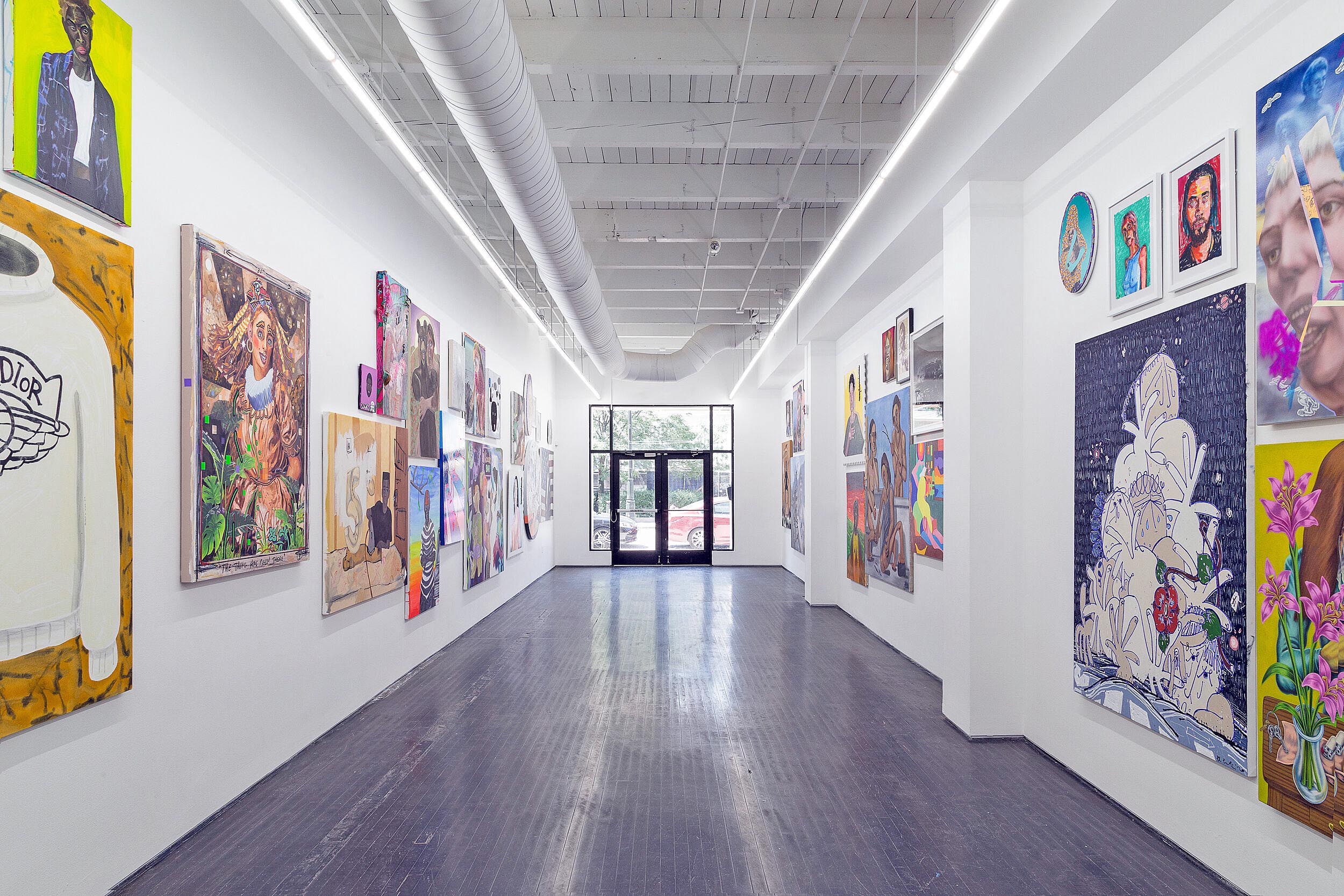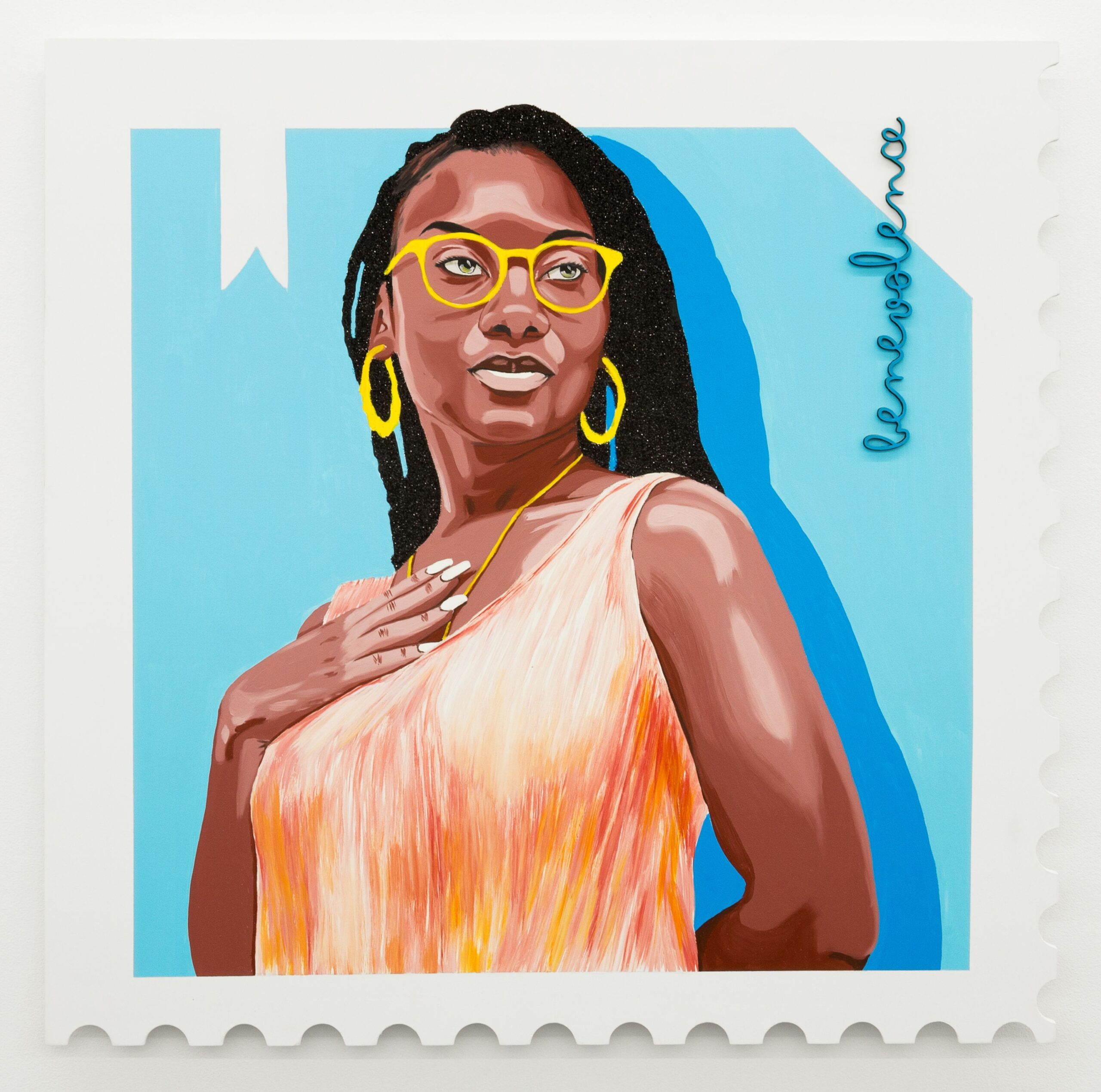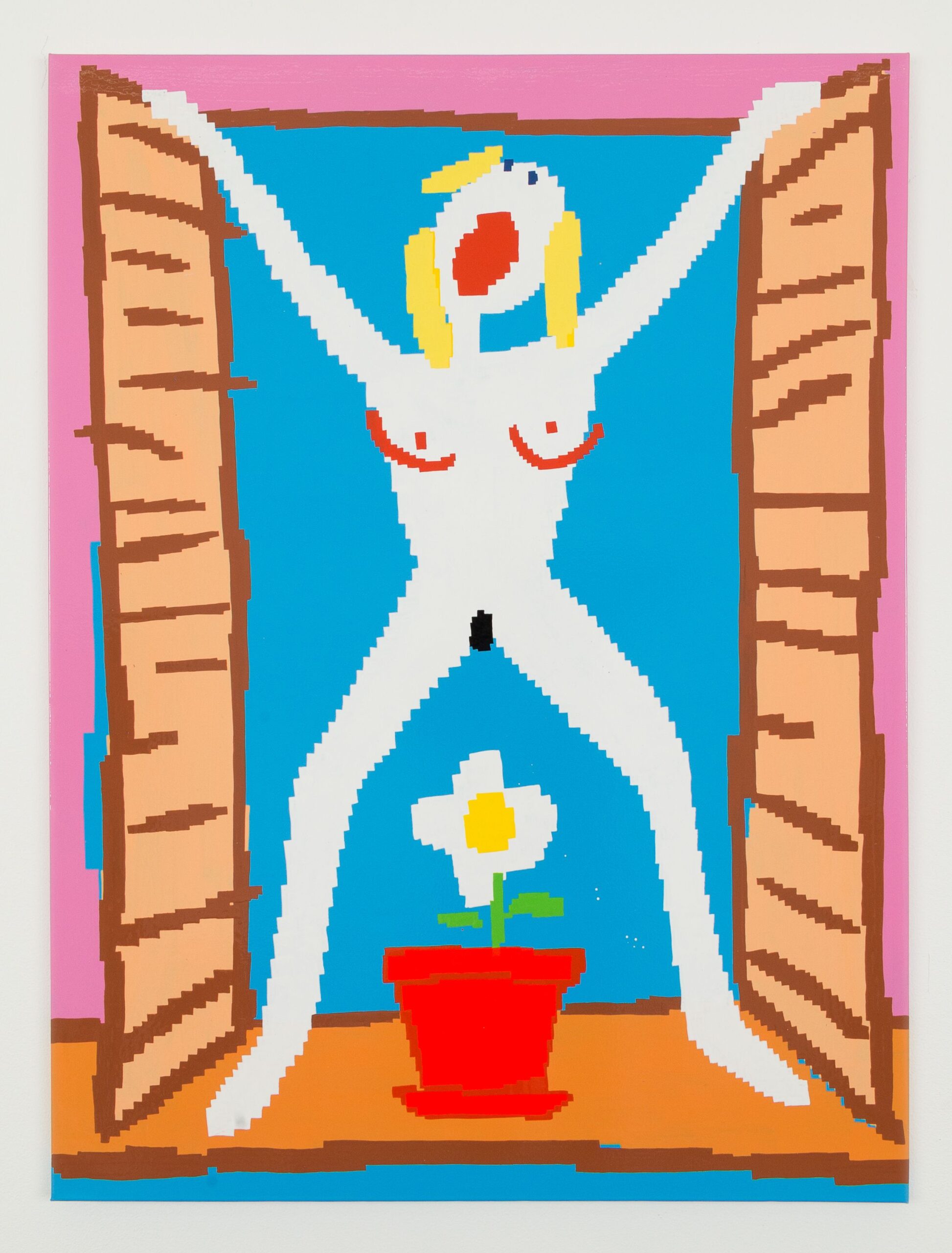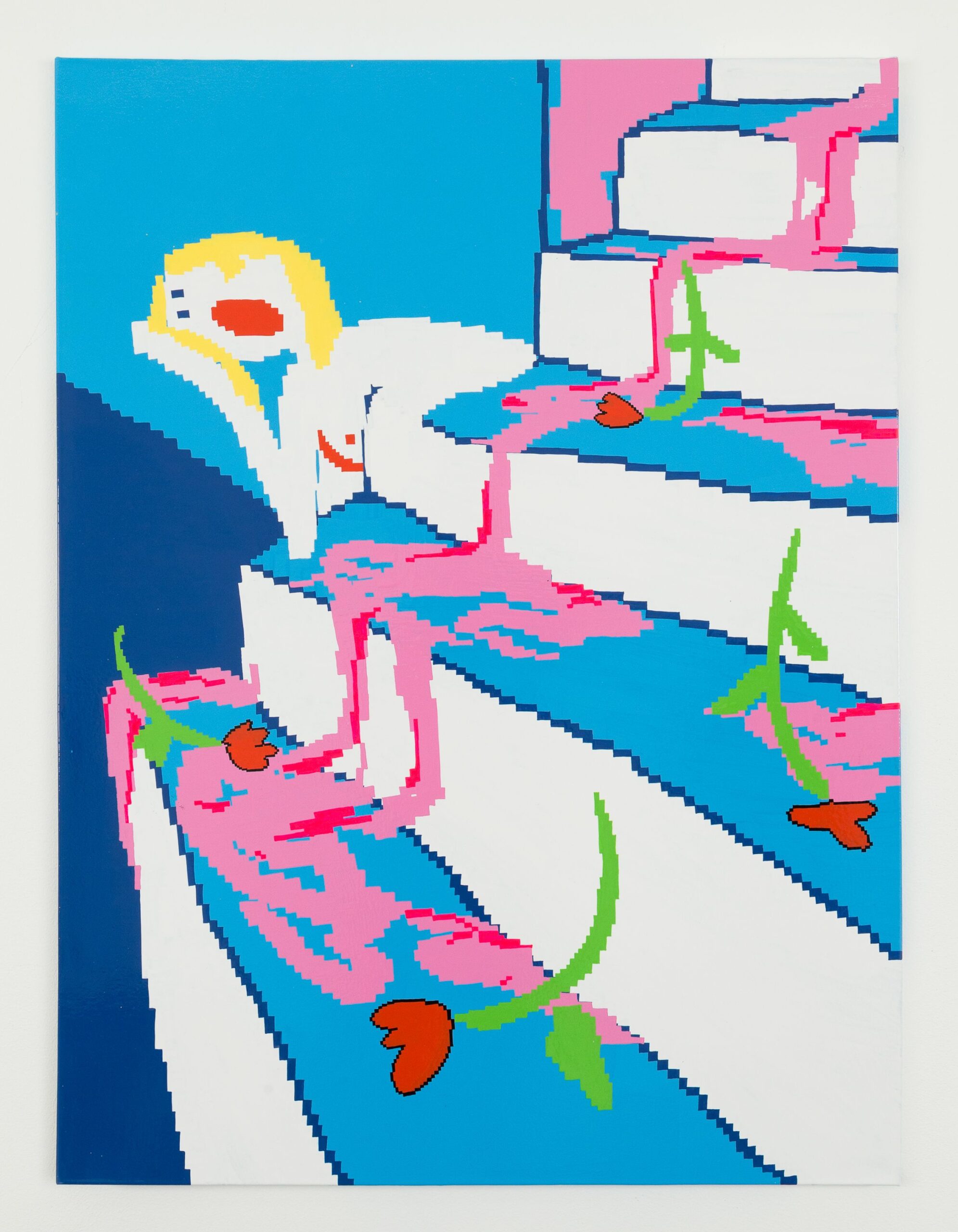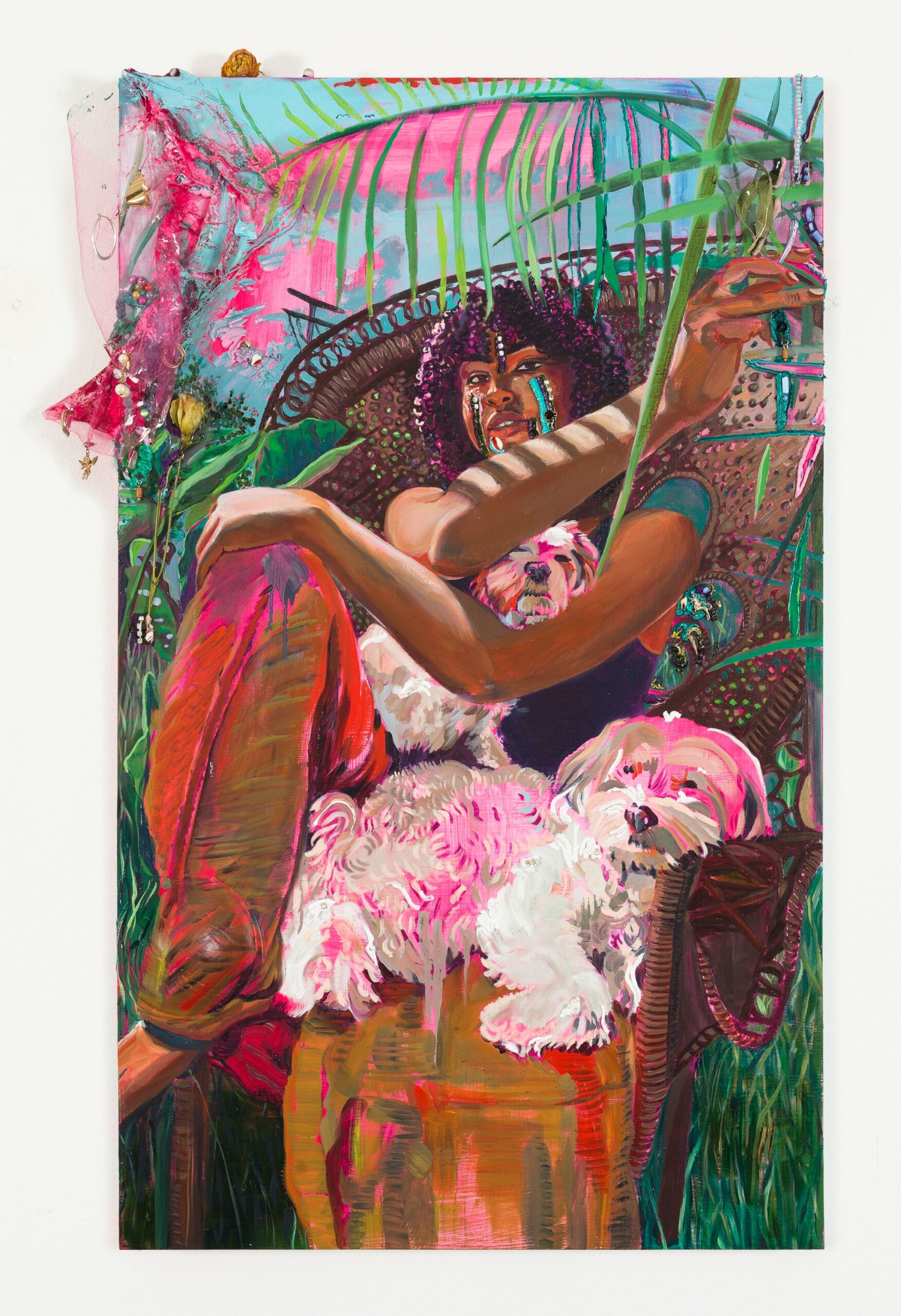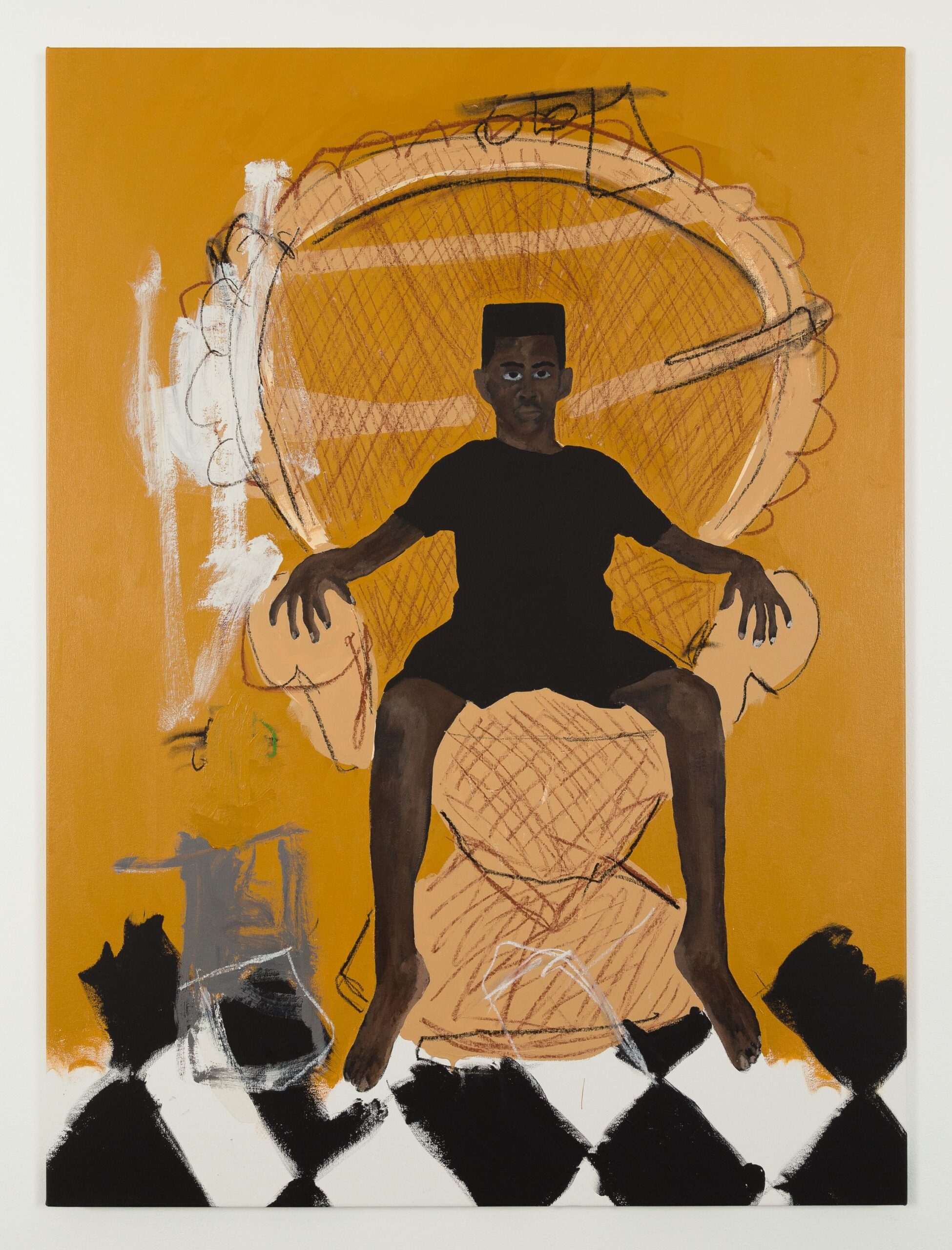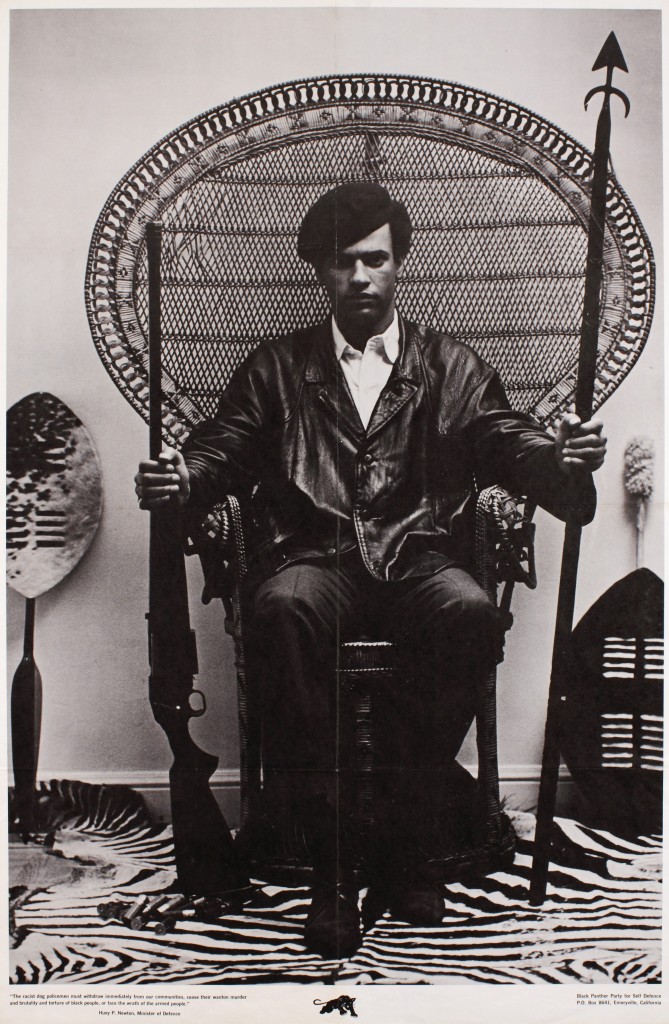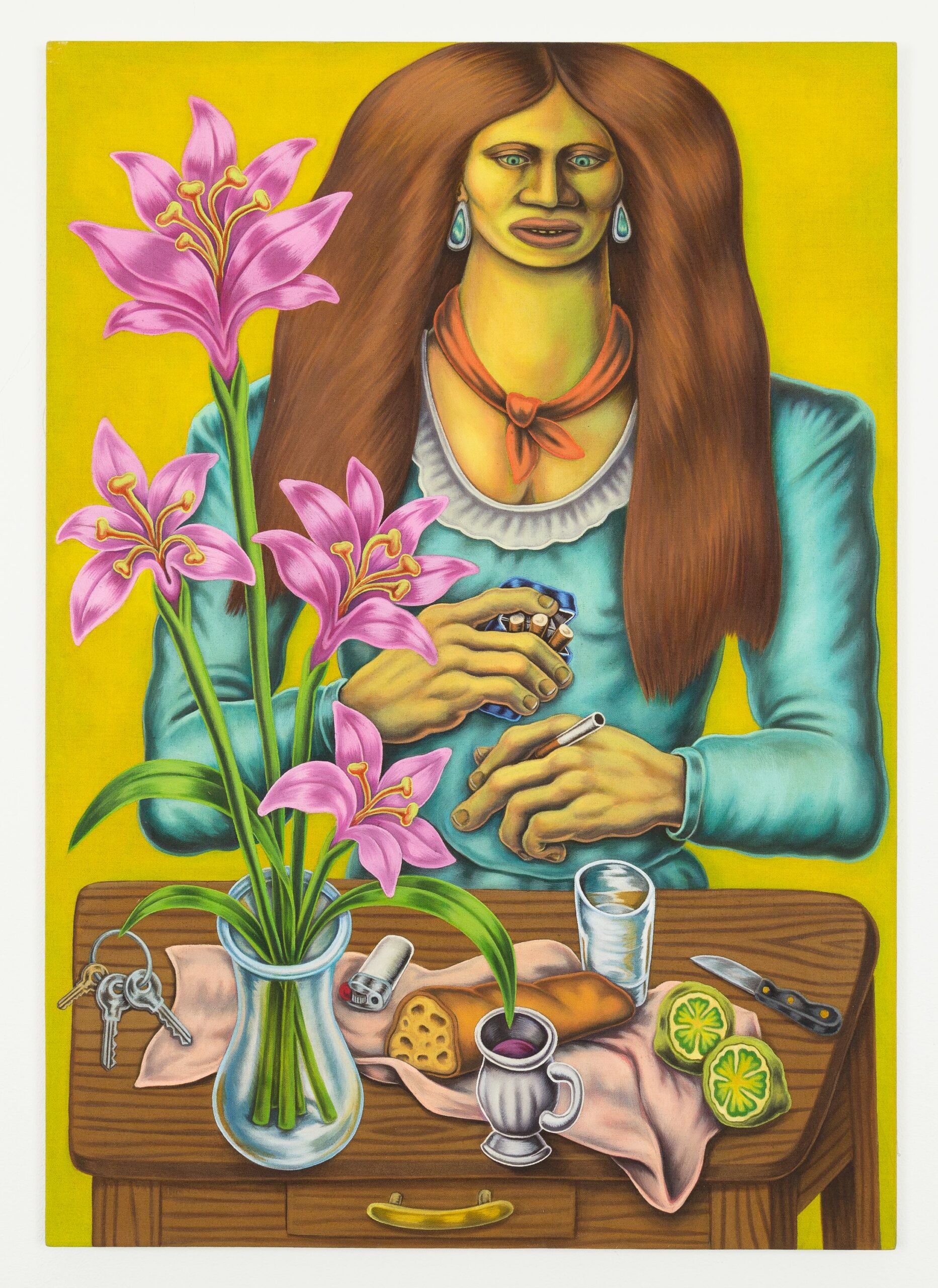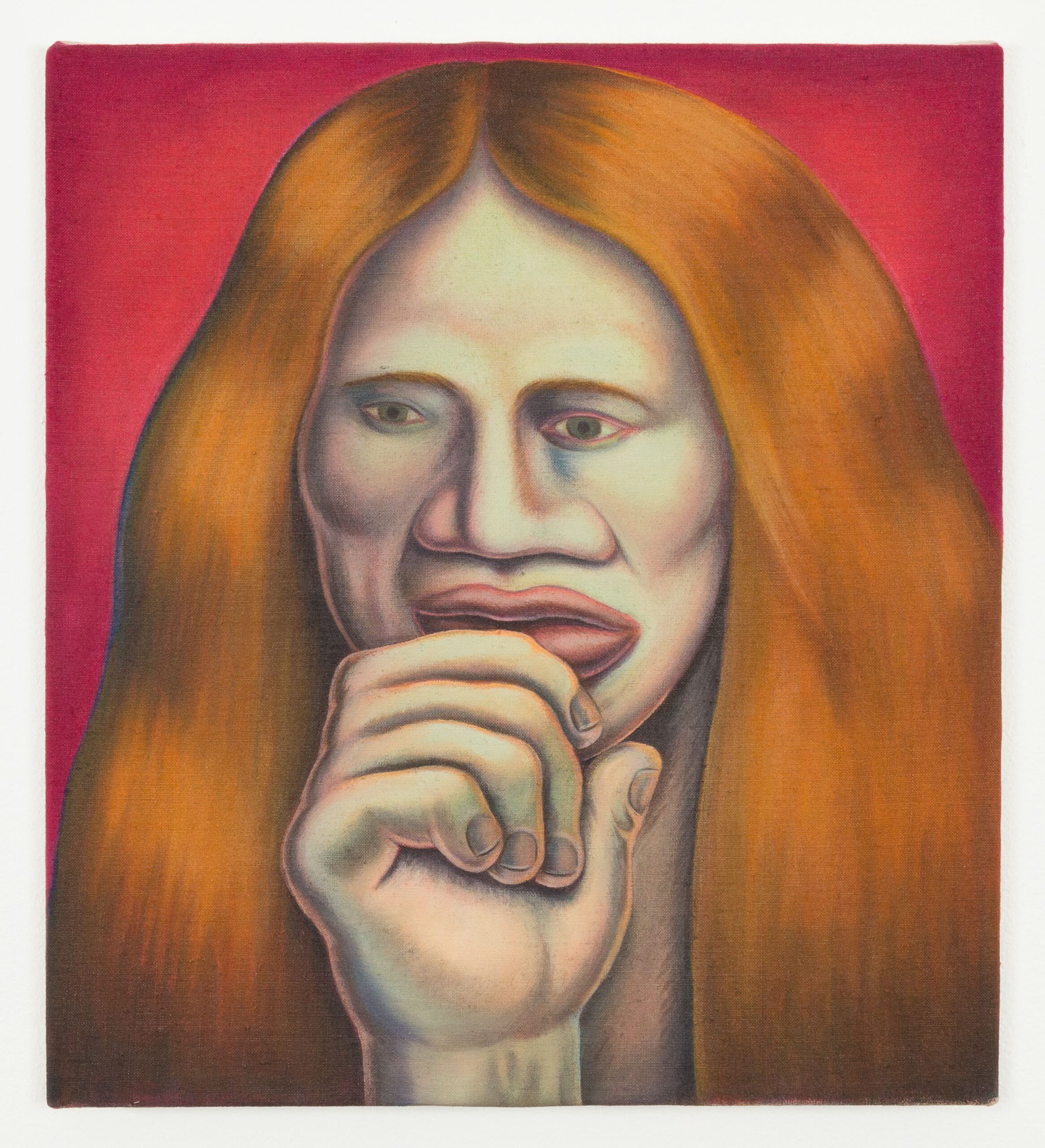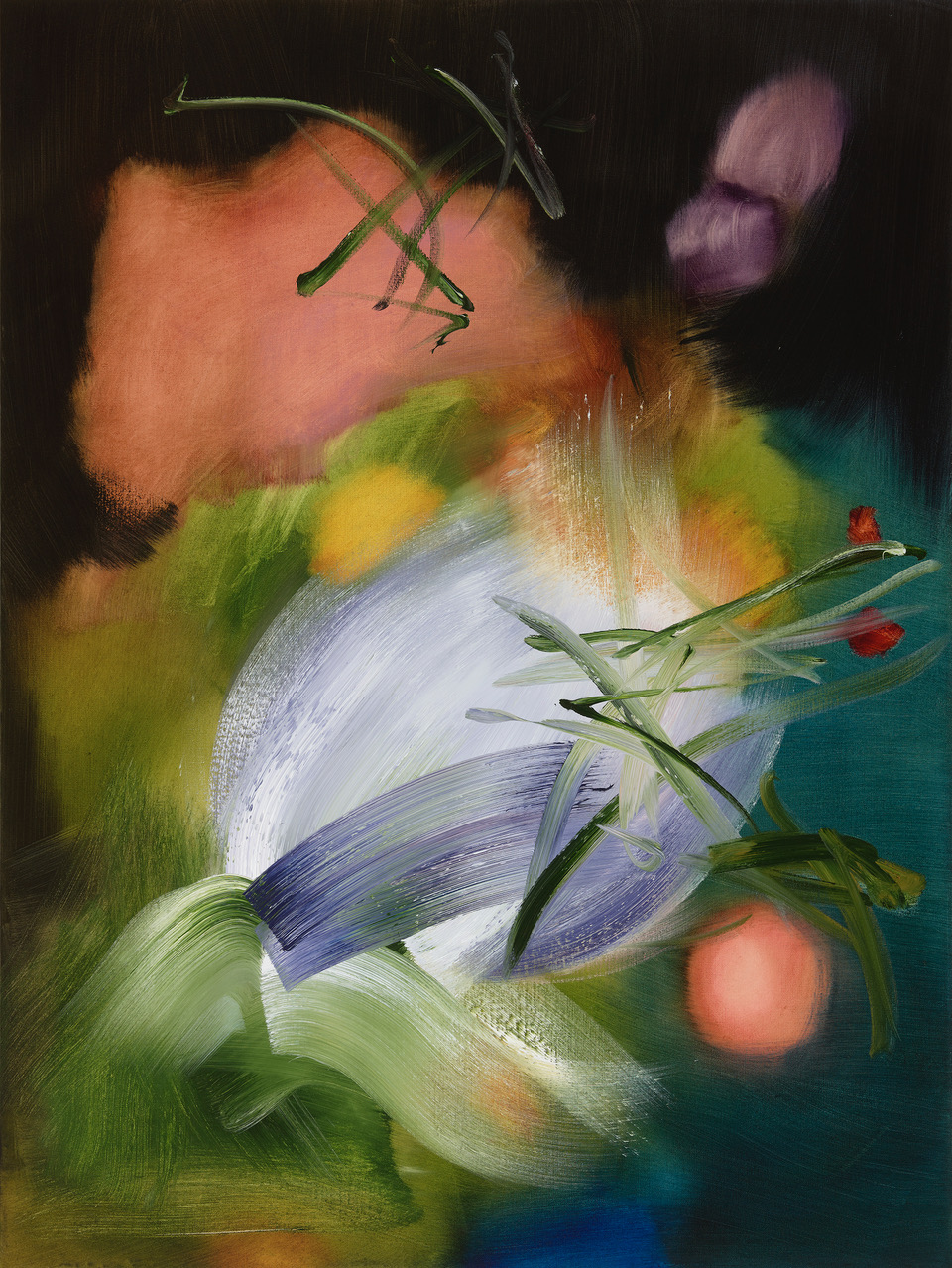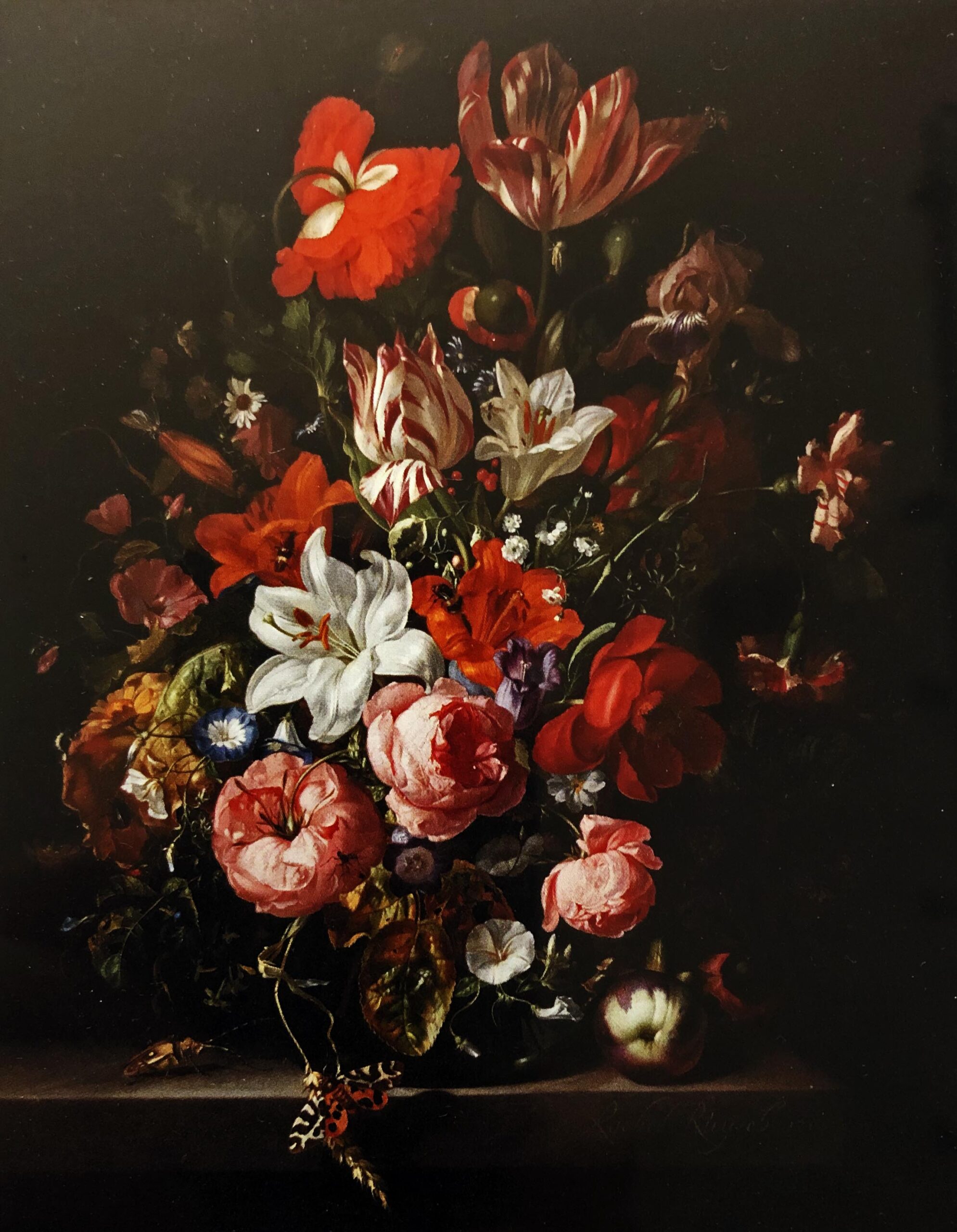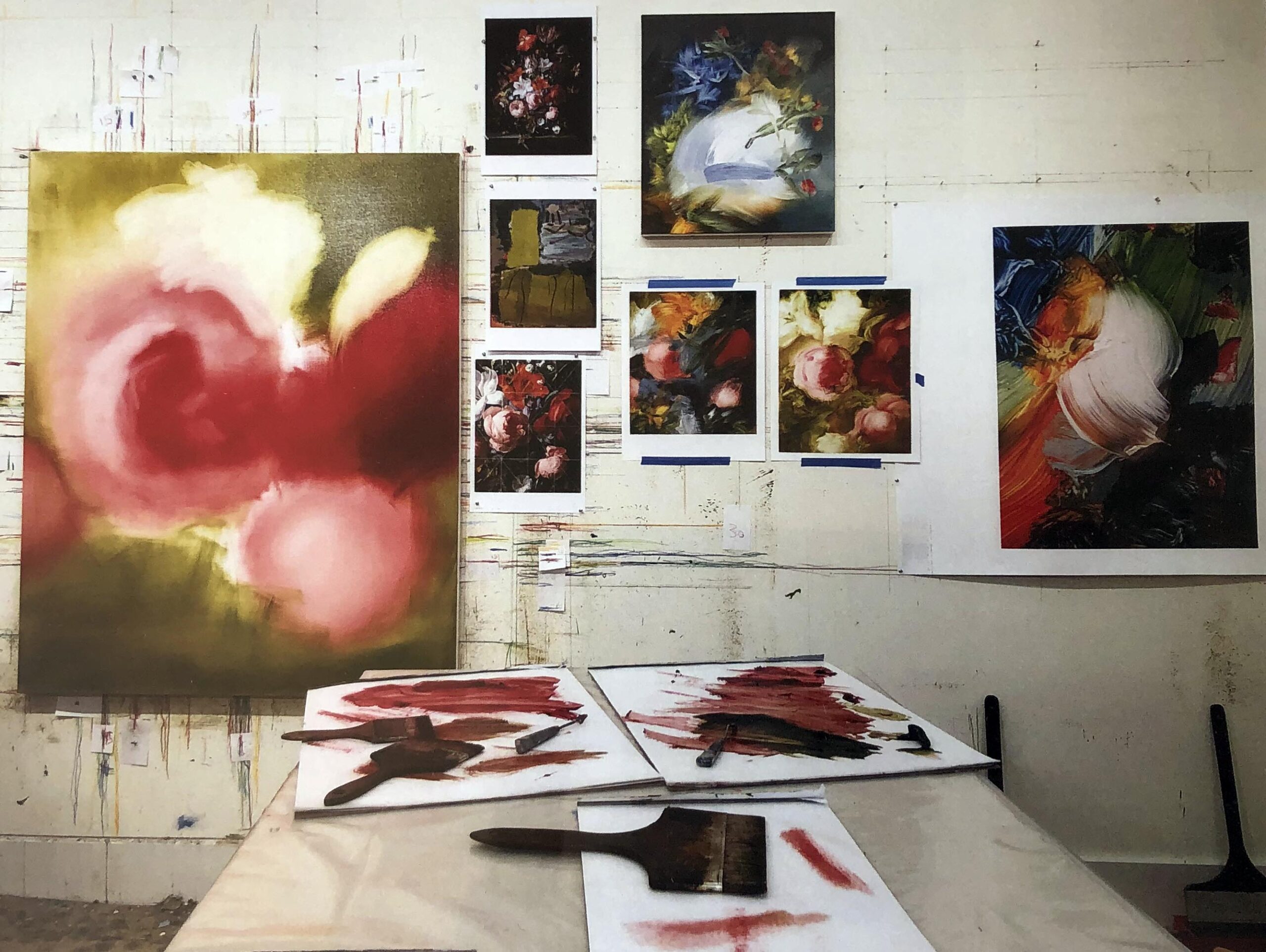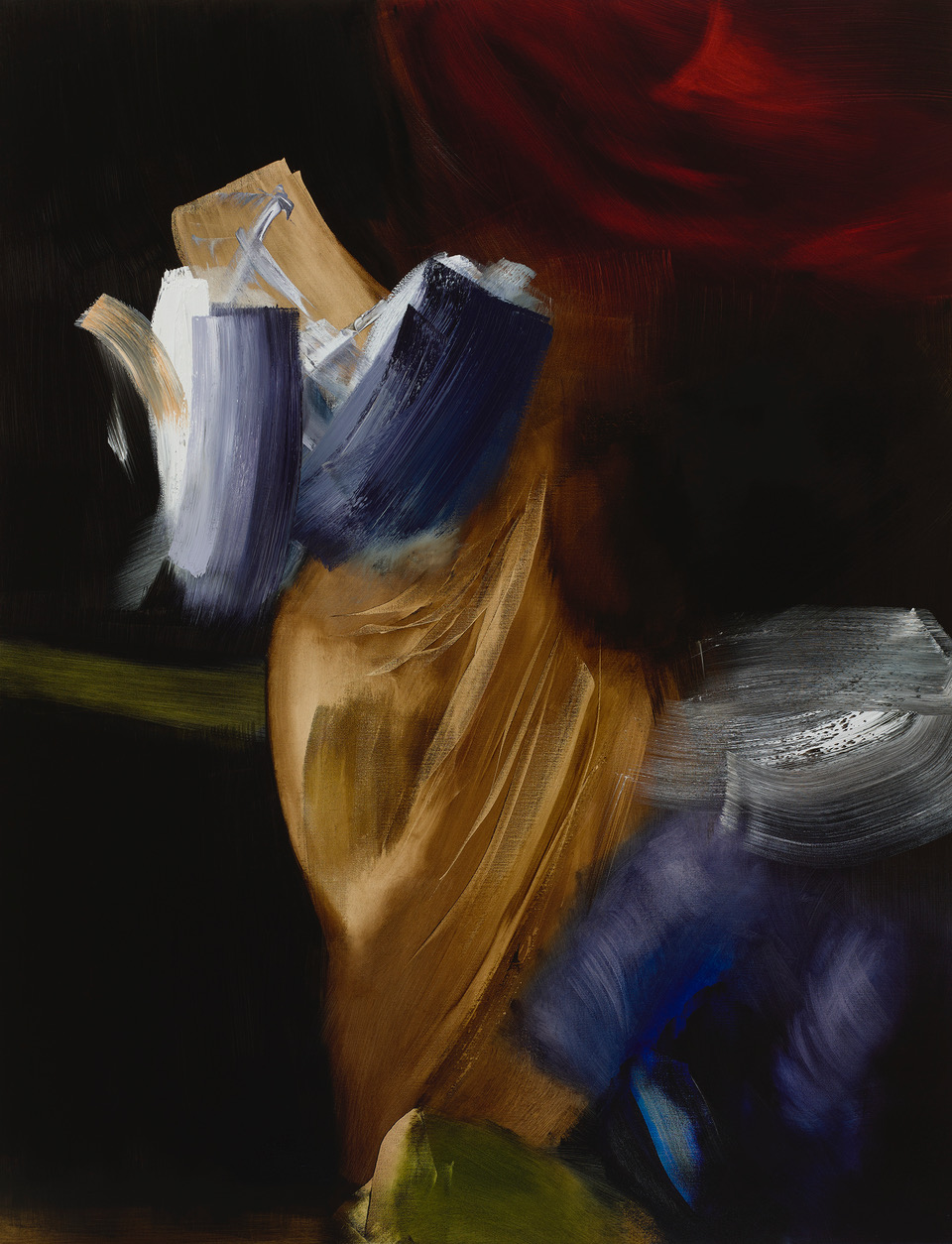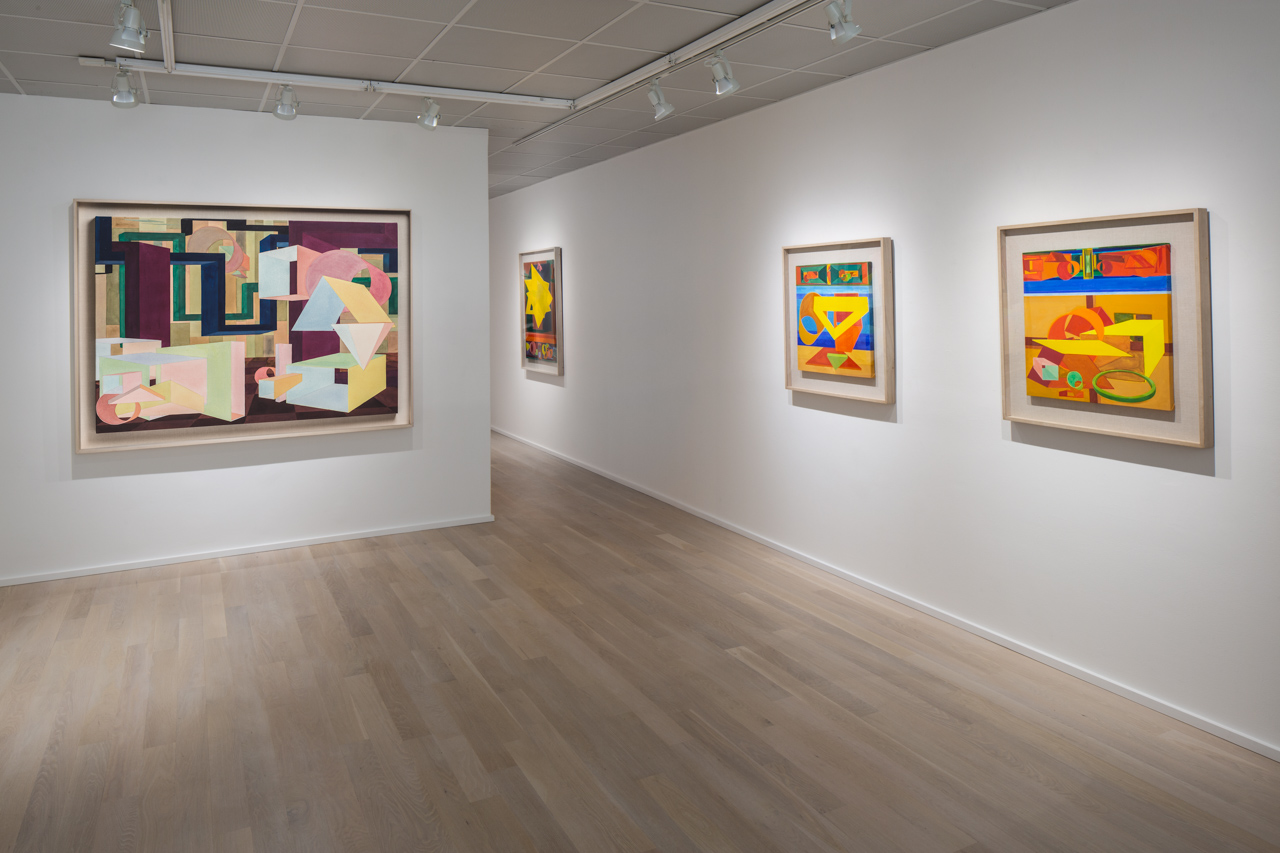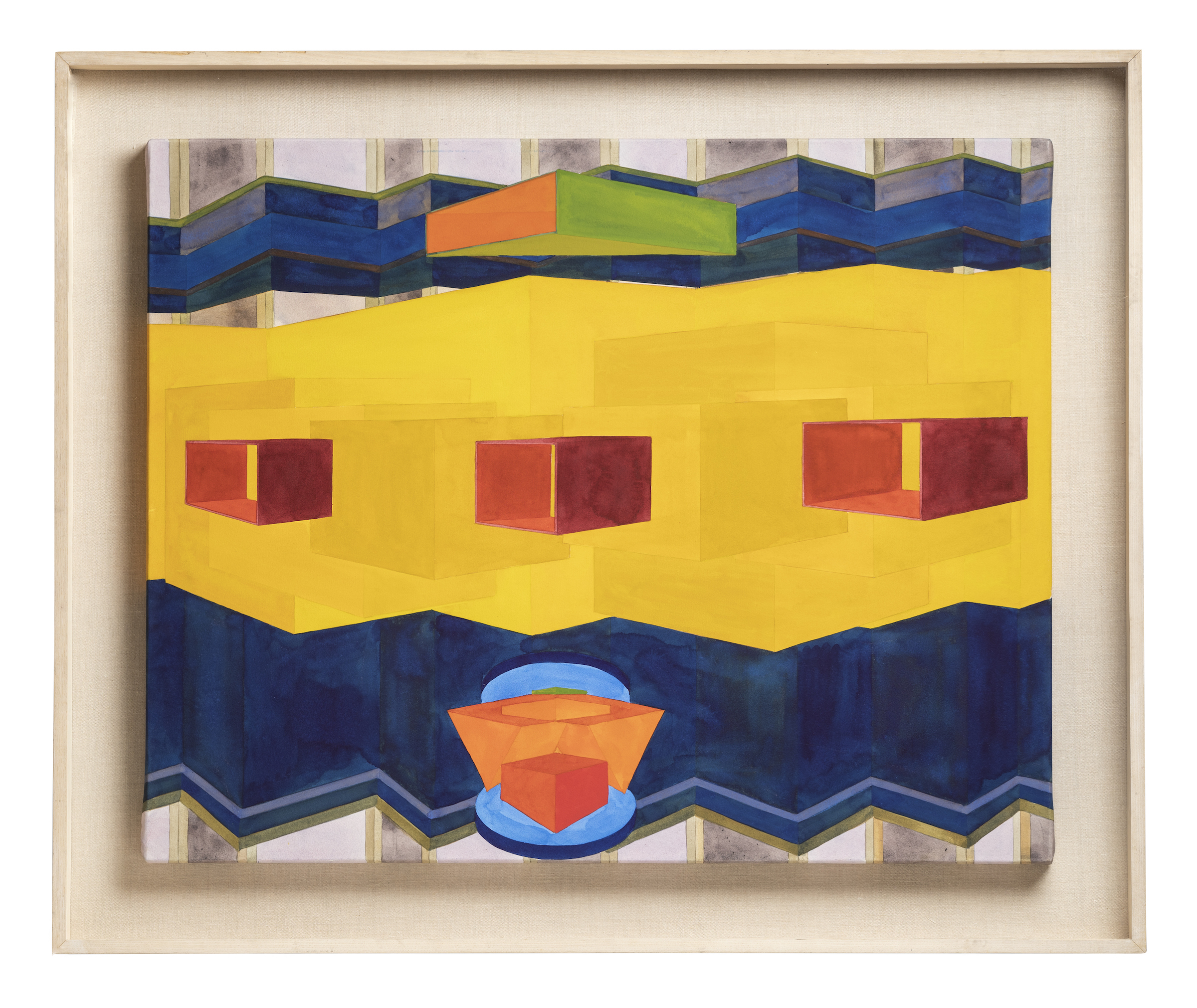No one saw this coming and it will be part of our history forever. Covid 19 has affected every part of our lives, and every part of humanity around the world. For us, it has closed down our favorite museums and galleries and deprived us of our love of art and artists. Michigan Gov. Gretchen Whitmer has ordered that libraries and museums may reopen June 8 but must adhere to workplace rules already released for retailers. That means capacity limits, mandatory masks and other safety protocols.
As of 06/5/2020, the writers at the Detroit Art Review: K.A. Letts, Jonathan Rinck, Kim Fay and myself have tried to provide an update on our sponsors status and any information that looks forward into the upcoming summer and fall months.
Detroit Institute of Arts
The DIA Education Staff has several learning resources available for educators, parents, and students from home. School Field Trips From Home > The DIA’s collection is available online to browse and learn from wherever you are. You can also explore our upcoming and past exhibitions. They have created Community Partnership Connection where the reader can enjoy online video, slideshows, images and more. For Community Partnership Connection > You can enjoy the work of the DIA’s community partners online through video, slideshows, images and more. The opening of the museum is yet to be determined. Up Coming Exhibitions:
Russ Marshall: Detroit Photographs, 1958-2008 – November 15, 2020
Detroit Style: Car Design in the Motor City – November 15, 2020
Van Gogh in America – October 2, 2022
Cranbrook Museum of Art
Cranbrook Museum is closely following the recommendations of the CDC and the State of Michigan in order to keep visitors safe during the COVID-19 pandemic. Measures taken include deep cleaning throughout the museum, especially in high-traffic areas, sanitizing doorknobs and frequent disinfection of the area around the front desk. Signage has been added in bathrooms to encourage handwashing. At this time, the Museum is planning to reopen to members on July 8, and to the general public on July 12, subject to change if the Governor’s stay at home order is extended.
Toledo Museum of Art
The Toledo Museum of Art provided the Detroit Art Review the following summary of its current status and the varied ways it is offering content until its doors re-open:
In the time since it temporarily closed to the public on March 15, the Toledo Museum of Art has been developing plans for both a safe return to work for its staff and reopening the galleries to the public. While a reopening date has not been set at this time, TMA is waiting on guidance from government agencies so that when it is safe to do so, we can reopen as soon as possible. TMA has broadened its digital efforts to stay connected to its visitors over the past few months, creating a special section of its website called TMA at HOME. There visitors will find a wide variety of videos, activities and other resources to keep engaged with the Toledo Museum of Art while the galleries are closed. The Museum also launched two community art projects: a COVID-19 Virtual Quilting Bee and the TMA Teen Leader Virtual Talent Show. Entries for the virtual quilting bee are due Monday, June 22 (https://www.toledomuseum.org/quilting-bee) and the virtual talent show will take place on the Museum’s Instagram (@toledomuseum) Saturday, June 6. Additionally, TMA just announced an initial series of virtual art classes to take place later this month. Registration is open, with classes for families, youth and adults.
Flint Art Institute
The Flint Art Institute has yet to establish a re-opening date. In a brief statement to the Detroit Art Review, the FIA asserted that when the museum opens, it will be in accordance to Michigan’s state mandates, and will adhere to best practices established nationally and regionally for museums. All public programming (such as weekly events, art classes, and the FOMA film series) has been canceled through June 30. When the museum reopens, the exhibitions Postscriptand Monumental: The Art of Viola Frey will be on view. In the meantime, the FIA has placed an impressive amount of multimedia content on its website, which features a digital catalogue of its collection, museum highlights accompanied with audio guides, and videos of public lectures and discussions.
Broad Art Museum
Michigan State University’s Broad Art Museum is working on a multi-phased plan for re-opening, but as Michigan’s state mandates are fluid, there is currently no firm date established for re-opening. The museum is in close conversation with the University and other museums regarding best practices for health and safety, as well as how to bring more content into digital space. The Broad’s website provides links to virtual walkthroughs of its current lead exhibitions: the 2020 Master of Fine Arts Exhibition, and Beyond Words: 2020 Curatorial Practices. Follow the Broad’s Facebook page for frequent digital content, including a 3D walkthrough of the museum, and “Studio (in)Prosses at Home” –the museum’s weekly studio demonstration delivered via Facebook Live.
University of Michigan of Art
The University of Michigan Museum of Art does not have a re-opening date, but a spokesperson says it is planning on following the lead of the University of Michigan pending an announcement of plans for the fall semester. When it does re-open, it will adhere to necessary social distancing and sanitary practices in order to keep the public, its students, and its staff as safe as possible. The UMMA has been busy developing new ways for guests to experience the UMMA online, including its recently launched UMMA at Home, the online hub for its digital programming. Here, visitors will find a robustly multimedia array of educational materials, activities, virtual tours, virtual events, and collection highlights which can be explored by theme. There’s even downloadable coloring pages and zoom backgrounds inspired by the UMMA’s collection.
David Klein Galleries
Assuming the current Stay At Home Order is relaxed on June 8th and not extended , the galleries plan to open exhibitions on June 20th.
The artists showing will be Elise Ansel in Detroit and Al Held in Birmingham. The openings will be on Saturday 6/20 and Sunday 6/21, from 12- 6. Reservations for 1 hour time slots in each location will be required. There is a maximum number of visitors allowed during each time slot, 10 per hourin Detroit, 4 per hour in Birmingham; those numbers will be confirmed in the exhibition announcement. Visitors must wear masks and observe social distancing.
All of the details and guidelines will be in the show announcements and on the website as well as on social media. Both galleries are open by appointment and Tuesday – Saturday during regular business hours. Openings will be postponed if Governor Whitmer extends the stay at home order.
Simone DeSousa Gallery
Simone DeSousa Gallery is pleased to participate in FAIR, presented by the New Art Dealers Association (NADA). This is a new art fair initiative designed to be entirely online, function cooperatively, and act as a benefit for NADA’s community of galleries, nonprofits and artists. Taking place May 20–June 21, 2020, FAIR will directly support 119 NADA Gallery Members and 81 other galleries that have been financially impacted by the COVID-19 crisis, totaling nearly 200 galleries around the world.
Each participating gallery will present a series of artworks over four-weeks with the opportunity to share new artworks each week. The initiative will also feature a series of online performances, studio visits and talks to complement the artworks presented by participating galleries and artists. FAIR, produced in collaboration with Artlogic, utilizes their Online Viewing Rooms service and is generously hosted by them.
Simone DeSousa Gallery’s FAIR featured artist is Mark Newport who was born in Amsterdam, NY and attended the Kansas City Art Institute (BFA) and the School of the Art Institute of Chicago (MFA). He is currently the Artist-in-Residence and Head of Fiber at the Cranbrook Academy of Art.
The gallery is currently exhibiting On the Fly by Michael Luchs. Detailed installation shots and images of all the works are now available online on the gallery website, as well as on our Artsy page, where you are able to zoom into the works, and also inquire about purchase.
Wasserman Projects
Wasserman Projects is carefully monitoring the situation with COVID-19. We will adhere to terms of the Executive Order for the State, which will inform our decisions on reopening procedures and what best serves our artists and audiences.
Wasserman Projects has been hosting small group (15 – 25 ppl) – guided tours of the current exhibitions. DOROTA + STEVE COY: The Five Realms and Adrian Wong: Tiles, Grates, Poles, Rocks, Plants, and Veggies
Along with our online galleries and increased content on social platforms, a virtual tour leads you through the exhibition via Zoom with a combination still and moving images. The tour simulates the experience of walking through the space and is enhanced with commentary from Alison Wong and the exhibiting artists. We may continue and or adapt this model when things begin to reopen.
Wasserman is hoping and planning for the best scenarios, and looking forward to everyone seeing the current exhibitions in person. That said, Wasserman has committed to extending the current exhibitions through August 15 and will determine if necessary, or possible, to extend further as that date nears.
N’Namdi Center for Contemporary Art
The N’Namdi Center for Contemporary Art has a reopening date tentatively scheduled for Mid-July.
Our summer-fall exhibition schedule will present, Detalles “Details”, an exhibition of small works, featuring local artist Mel Rosas in the Rose Gallery. The Main Gallery and Black Box Gallery will showcase “Sign of the Times”, Selected Abstract Works from the N’Namdi Collection. Each of the works from this remarkable collection demonstrates the evolution of the African American community and the influence of African American artist, prior to, in the height of, and beyond the Civil Rights movement, representing the breadth and depth of how African Americans are only now getting their due.
As we anticipate the art world will continue to be influenced by this new reality of social distancing. We look forward to returning to our beautiful space and opening our doors to your virtually and with limited public access.
There are a few things we will be doing around the gallery to make your art-viewing experience as safe and comfortable as possible for you, as well as for our staff. We feel fortunate that our gallery space is large and open, and hope this makes you comfortable to pop in for a visit. We look forward to smiling at you from behind our protective masks, knowing that you will be smiling back from behind yours. We will have hand sanitizer available for you upon your arrival and we will be happy to answer any questions or concerns you have before your visit, so please don’t hesitate to reach out to us.
K.OSS Contemporary Art
K.OSS Contemporary Art has determined to remain closed until October, 2020 for now, but will continue to monitor the situation and will reopen when it can ensure the safety of its staff, artists and audience. The upcoming exhibition is a series of paintings by American Artist Lloyd Martin. The exhibit, “Monument,” features a collection of large-scale works that beautifully reflect the artist’s thematic, abstract compositions. The day for the opening is still not clear, but will make the announcement when it’s known.
K.OSS has been invited to participate in Art Mile, a community engagement platform and digital exhibition dedicated to championing Detroit’s arts community that will launch June 25–July 1. Details on this event to follow.
Oakland University Art Gallery
As Oakland University’s Emergency Response Team (ERT), we are committed to sharing the most up-to-date, relevant information regarding OU’s response to the COVID-19 pandemic. Please check this page frequently as facts and information is changing rapidly.
If you have a question, please call the OU Crisis Communication Hotline (248) 556-3330. Someone will be available between Monday-Friday, 9 a.m. – 4 p.m. to help answer your questions.
Marshall M. Fredericks Sculpture Museum
The Museum is temporarily closed at this time. The opening is to be determined. Click here to access our Virtual Engagement offerings. Email [email protected] or call 989-964-7125 to leave a message. We will get back to you within 24 hours.
Birmingham Bloomfield Art Center
In response to State of Michigan “Stay at Home” mandate, the BBAC is closed until further notice. The BBAC open date is to be determined. Michigan Fine Arts Competition will be a virtual exhibit.
For further information, please monitor our eblasts and website, which will be updated accordingly. The current exhibits are up until June, 18, 2020 and call our main number to schedule an appointment to view in person. All children’s camps will be virtual. We will still have several adult workshops on site depending on dates.
BBAC exhibits – tour online – CLICK HERE
Image Works
Image Works specializes in archival pigment printing, also known as giclée or inkjet printing, for reproducing photographic and fine art imagery. We also provide a number of digital services including high resolution artwork captures, film & slide scanning, portfolio printing, posters, and prepress proofing. As of Monday, June 8th, Image Works will begin accepting visitors to the gallery by appointment only, Monday through Saturday. You may email or call ahead the same day or book a time a few days in advance. We will ensure that there is no overlap in visitors. We will ask visitors to wear face masks while in the gallery until the state advises otherwise. We are also offering our printing and scanning services by appointment at this time. Please visit www.imageworksfineart.com for current exhibition information or call 503-449-0964.
